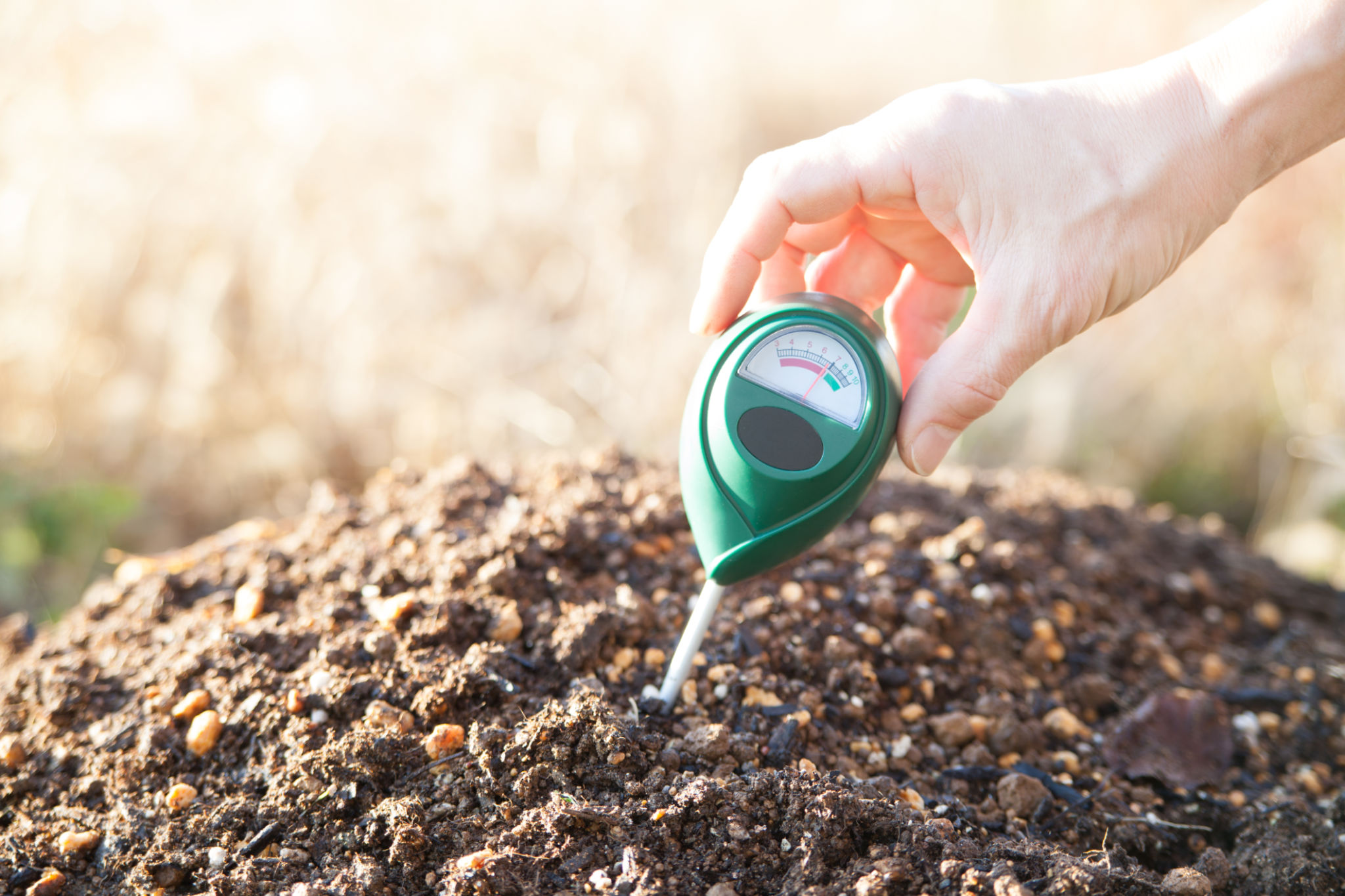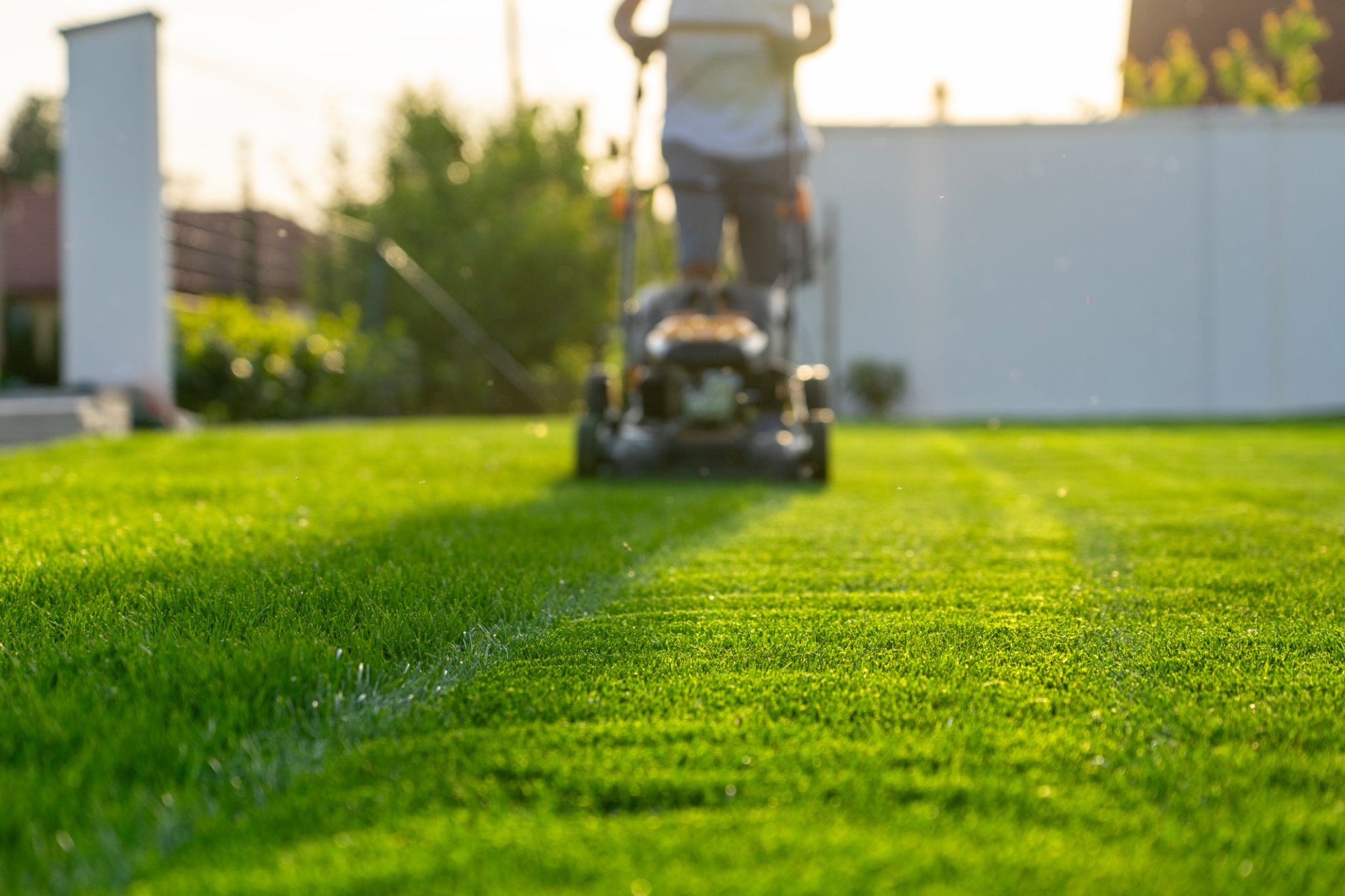DIY Lawn Care: A Step-by-Step Guide to a Lush Lawn
Understanding Your Lawn
Before diving into the actual care routine, it's essential to understand your lawn's specific needs. Different grass types have various requirements, so knowing what you have will guide your maintenance plan. Consider factors like climate, soil type, and sun exposure, which all play a critical role in your lawn's health.
Conduct a soil test to determine its pH level and nutrient composition. This test will help you choose the right fertilizers and amendments to apply, ensuring your grass receives the nutrients it needs to thrive.

Seasonal Lawn Care Plan
A successful lawn care regimen changes with the seasons. In the spring, focus on cleaning debris and applying a pre-emergent herbicide to prevent weeds. As temperatures rise, adjust your watering schedule to encourage deep root growth.
During summer, mow regularly, but avoid cutting more than one-third of the grass blade at a time. This practice helps maintain a healthy lawn while preventing stress on the grass. In the fall, aerate the soil to improve air and nutrient penetration and overseed to fill in bare spots.

Winter Preparations
Winter is a time for your lawn to rest. Before the first frost, apply a winter fertilizer to strengthen grass roots. Clear fallen leaves and debris to prevent mold and disease. If needed, adjust your mower height to avoid scalping the lawn before winter dormancy.
Fertilization and Weed Control
Regular fertilization is crucial for a lush lawn. Use a slow-release fertilizer in early spring and again in late summer for optimal growth. Be mindful of application rates to avoid over-fertilizing, which can lead to nutrient runoff and damage.
For weed control, use a combination of pre-emergent herbicides in the spring and spot treatments throughout the growing season. Staying vigilant about weeds will reduce competition for nutrients and water, giving your grass a better chance to thrive.

Watering Techniques
Proper watering is vital for lawn health. Water deeply but infrequently, aiming for about one inch of water per week. Early morning is the best time to water, as it reduces evaporation and allows the grass to dry before nightfall, minimizing disease risk.
Pest Management
Pests can quickly turn a lush lawn into a patchy eyesore. Regularly inspect your lawn for signs of insects or disease, such as brown patches or unusual wilting. Integrated pest management strategies involve natural predators, biological controls, and targeted treatments to maintain balance.
If you're facing persistent issues, consider consulting with a professional for tailored solutions that minimize chemical use while effectively addressing the problem.
